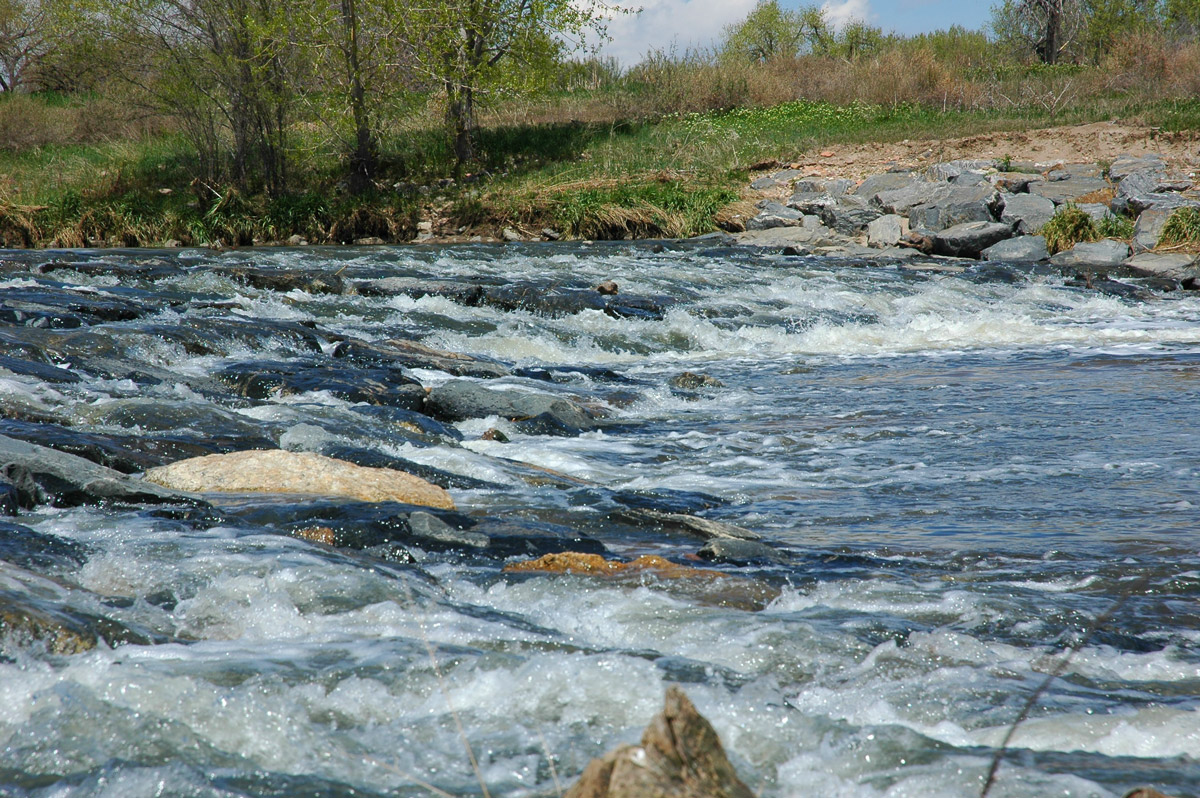
Where Does Your Water Flow After it Swirls Down the Drain?
The average U.S. household uses 50-80 gallons of water each day. It swirls down the drain, but where does it all go? Between two wastewater treatment facilities, Metro Water Recovery (Metro) treats about 135 million gallons of wastewater per day from sixty-one municipalities – translating to about 2.2 million customers within an 805-square mile service area.
The wastewater treated at Metro comes from homes, supermarkets, schools, hospitals, and other businesses. It includes used water from faucets, showers, washing machines, toilets, dishwashers and more. After it swirls down drains, it travels through sewer pipes, including approximately 234 miles of Metro’s large interceptors. As the water makes its way to the treatment facilities, the underground pipes increase in size. Some of Metro’s largest pipes range between 72” to 90” in diameter.
The wastewater that arrives at Metro’s two treatment plants – the Robert W. Hite Treatment Facility in Denver and the Northern Treatment Plant in Brighton – contains dish soap, toothpaste washed down the sink, fabric softener, cooking oils, toilet paper, human waste, cleaning solutions, and other substances. Once it arrives, it goes through Metro’s multi-step wastewater treatment process, which removes 95% of regulated contaminants before the clean water is returned to the South Platte River. However, Metro’s job doesn’t end there. The treatment plant provides community benefits beyond wastewater treatment services.
The water Metro returns to the South Platte River makes up about 85% of the river’s flow for nine or more months out of the year. The recovered water transforms a river that has historically been considered dry. Please watch our video about Metro’s stewardship of the South Platte River.
Throughout the years, Metro’s water quality scientists have improved the aquatic life and habitat along the South Plate River. Since the 1970’s, data-driven research has guided decisions that have significantly restored the river’s quality of water, the fish population, and the environment.
To support Metro’s efforts to protect the region’s health and environment, head to www.metrowaterrecovery.com to learn how you, too, can be a steward of the South Platte River from the comfort of your home.
